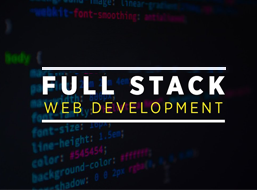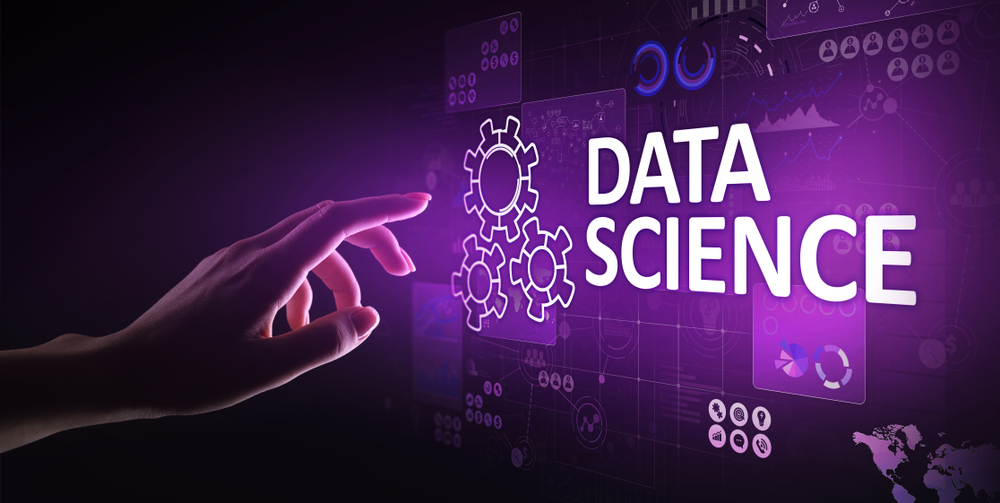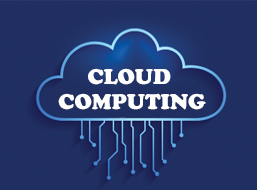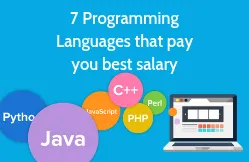What To Learn In 2024 To Become A Data Scientist
Data science is one of the fields with the greatest buzz right now, and data scientists are in dire demand. And for good reason, data scientists do everything from creating self-driving vehicles to captioning images automatically. It makes sense that data science is a very sought-after career, given all the interesting applications.
This paper does not cover everything you need in 2024 to be a data scientist. Instead, it covers the key skills, both new and old, that have become the most essential to have shortly for every successful data scientist.
1. Python 3
There are still some instances where data scientists may use R, but if you are doing applied data science these days, generally speaking, then Python will be the most valuable programming language to learn.
As support for Python 2 was dropped by most libraries on 1 January 2020, Python 3 (the latest version) has now firmly become the default language version for most applications. If you are now learning Python for data science, choosing a course that works with this version is important. You will need a good understanding of the language's basic syntax and how functions, loops, and modules can be written. Be familiar with Python object-oriented as well as functional programming, and be able to develop, run, and debug programs.
2. Pandas
For data manipulation, processing, and analysis, Pandas is still the number one Python library. This is still one of the most crucial skills to have as a data scientist in 2024. Data is at the heart of any project in data science, and Pandas is the instrument that will allow you to extract, clean, process, and derive insights from it. Pandas DataFrames are also generally taken by most machine learning libraries as a standard input these days.
3. NoSQL and SQL
Since the 1970s, SQL has been around, but it remains one of the most vital skills for data scientists. The vast majority of companies use relational databases as their analytical data stores, and SQL is the tool that will provide you with this information as a data scientist.
NoSQL ('not just SQL') is a database that does not store data as relational tables, but stores data as key-value pairs, wide columns, or graphs instead. Google Cloud Bigtable and Amazon DynamoDB include examples of NoSQL databases.
As the volume of data collected by businesses increases and unstructured information is used more frequently in machine learning models, organizations turn to NoSQL databases either as a complement or as an alternative to the traditional data warehouse. This trend is likely to continue into 2024, and it is important to gain at least a basic understanding of how to interact with this form of data as a data scientist.
4. Cloud
88 % are currently using some form of cloud infrastructure, according to a report by O'Reilly in January this year, entitled 'Cloud adoption in 2020'. This adoption is likely to have been further accelerated by the impact of Covid-19.
Cloud usage in other areas of a company usually goes hand in hand with cloud-based data storage, analytics, and machine learning solutions. The major cloud providers, such as Google Cloud Platform, Amazon Web Services, and Microsoft Azure, are rapidly developing training, deployment, and service tools for machine learning models.
You will likely work with data housed in a cloud-based database such as Google BigQuery and develop cloud-based machine learning models as a data scientist working in 2024 and beyond. As we move into 2024, experience and skills in this area are likely to be in high demand.
5. Airflow
Many companies are rapidly adopting Apache Airflow, an open-source workflow management tool, for the management of ETL processes and machine learning pipelines. Many large tech companies such as Google and Slack are using it, and on top of this project, Google even built their cloud composer tool.
I notice that airflow is more and more often referred to as a desirable skill for job advertising data scientists. I believe that it will become more important for data scientists to be able to construct and manage their data pipelines for analytics and machine learning, as mentioned at the beginning of this article. Airflow's growing popularity is likely to continue in the short term at least, and it is something that every budding data scientist should learn as an open-source tool.
For more information visit Data Science Training in Bangalore
Most Popular Courses
Data Science || Web designing & development || Artificial Intelligence || Data Analytics || Google Cloud certification || Python Programming







